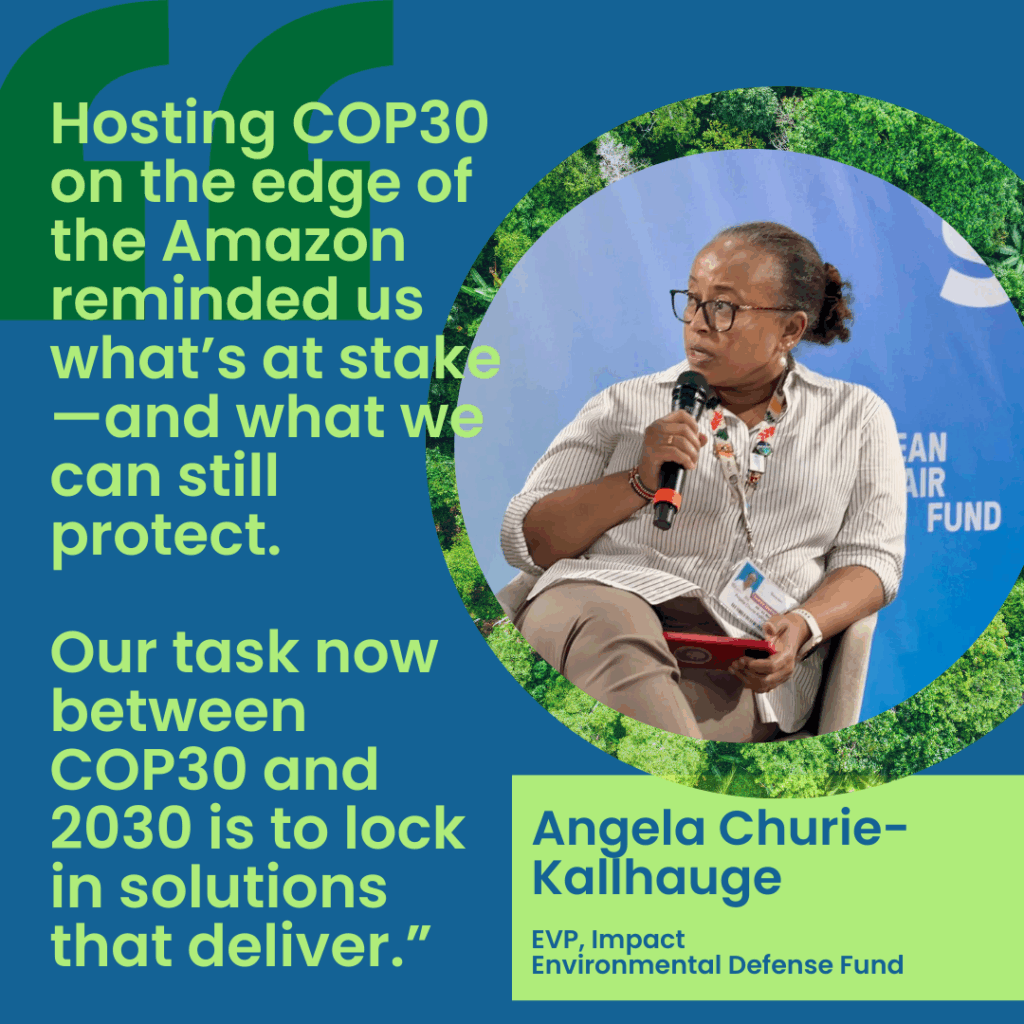
Photograph by Pierre Jeanneret
California has long led the way on standards and policies that advance clean, affordable vehicles. As the federal government threatens to roll back national vehicle climate protections, the California Air Resources Board (CARB) is charting a path forward with its Drive Forward light-duty vehicle standards – a program that can deliver cleaner air, stronger climate action, and more affordable options for drivers. Last week, Environmental Defense Fund (EDF) submitted comments urging CARB to move boldly and swiftly.
Stronger Standards to Protect Health, Cut Climate Pollution, and Expand Choice
EDF strongly supports CARB’s interest in next-generation, performance-based standards for greenhouse gases and tailpipe pollutants such as non-methane organic gases (NMOG) and oxides of nitrogen (NOx). NMOG and NOx contribute directly to smog and fine-particulate pollution that can harm lung development, worsen asthma and cardiovascular disease, and even increase the rate of premature deaths. Greenhouse gas pollution drives climate-fueled extreme weather that threatens public health and welfare.
Californians deserve cleaner air – verified both in laboratories and on real roads under real conditions. For instance, some vehicles still produce sharp emission spikes during uphill driving or in colder temperatures. We support CARB’s exploration of provisions to ensure emissions controls deliver their promised benefits throughout a vehicle’s useful life and under real-word conditions – on LA streets or Central Valley highways, in summer heatwaves or on cold winter mornings. Closing these real-world gaps is essential.
Next-generation standards can drive major pollution cuts while giving manufacturers multiple compliance pathways: electric vehicles, hybrids, plug-in hybrids, or lower-polluting internal-combustion engines. These cleaner options often cost less to fuel and maintain, saving drivers hundreds of dollars each year. Bottom line: Californians get cleaner air and more choices – and California continues setting a model others can freely adopt.
Near-Term Gains Matter – Early Action Can Deliver Them
We also support CARB’s interest in starting new standards as soon as possible, paired with meaningful incentives for manufacturers to take early action on delivering cleaner cars even more immediately. For example, accelerating cleaner models before 2030 would cut smog-forming pollution during the state’s worst ozone seasons – especially in the Central Valley and South Coast, which suffer from the nation’s most persistent ozone pollution year after year. Early reductions are essential for meeting health-based air quality standards and reducing smog and soot in communities that need relief now.
A Chance to Cut Air Pollution with Proven Technology
EDF urges CARB to strengthen its tailpipe particulate matter (PM) standard by aligning with the U.S. Environmental Protection Agency’s (EPA) most protective emissions requirements. Gasoline particulate filters are already widespread globally, including on many U.S.-made vehicles. Adopting this standard would rapidly cut harmful PM pollution using affordable, off-the-shelf solutions. This is a low-cost, high-impact solution that will cut pollution and save lives.
Empowering Consumers with Better Information
With zero-emission vehicles (ZEVs) representing more than a quarter of all new vehicle sales in California, a new CARB-designed EV window label could boost sales by enhancing how Californians understand their affordability benefits. An EV label showing a typical driver could save $6,000 on fuel and maintenance over the vehicle’s lifetime, for instance, would give shoppers practical, relatable information at a glance. We encourage CARB to ground its label design in empirical research and consider including information about pocketbook savings, reductions in smog-forming and soot pollution, and real-world driving ranges, charging speeds, and battery durability. A well-designed label can cut through confusion and help drivers make informed choices.
Moving Forward
California’s leadership is indispensable – for the state, for partner states, and for everyone who benefits from cleaner air, a safer climate, and meaningful cost savings. CARB’s Drive Forward program can deliver durable, flexible, and protective standards that rise to this moment and lower costs for Californians – through reduced fuel and maintenance bills and lower electricity costs. EDF looks forward to continued engagement as the rulemaking progresses.














